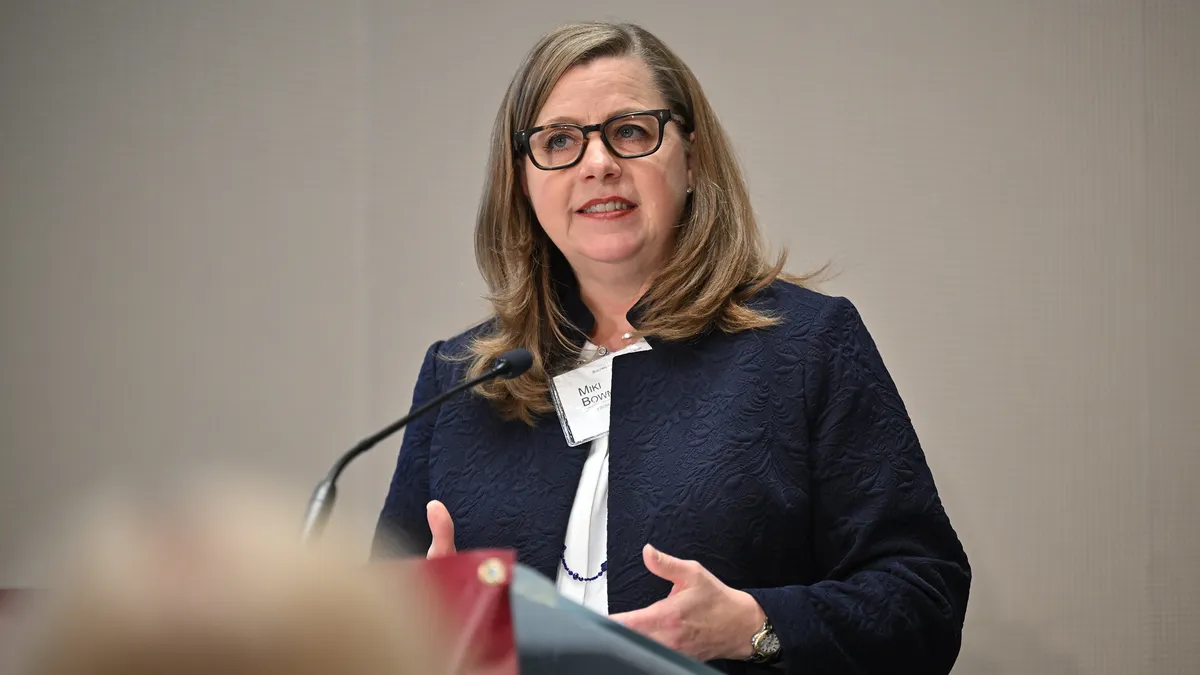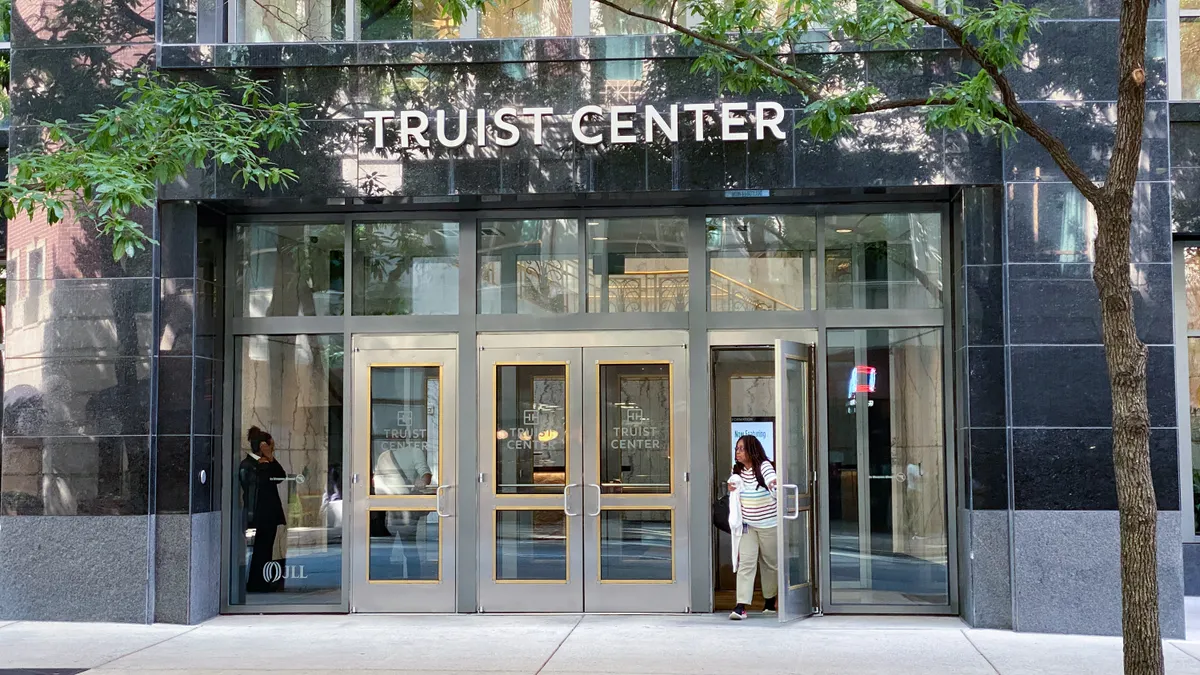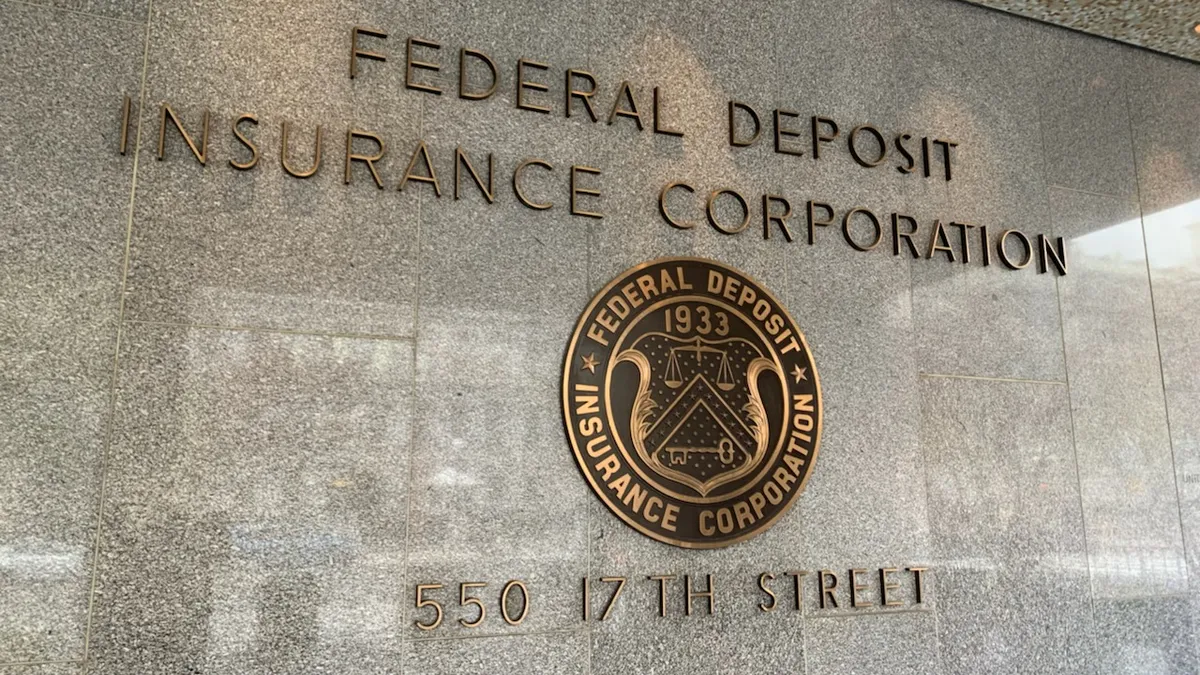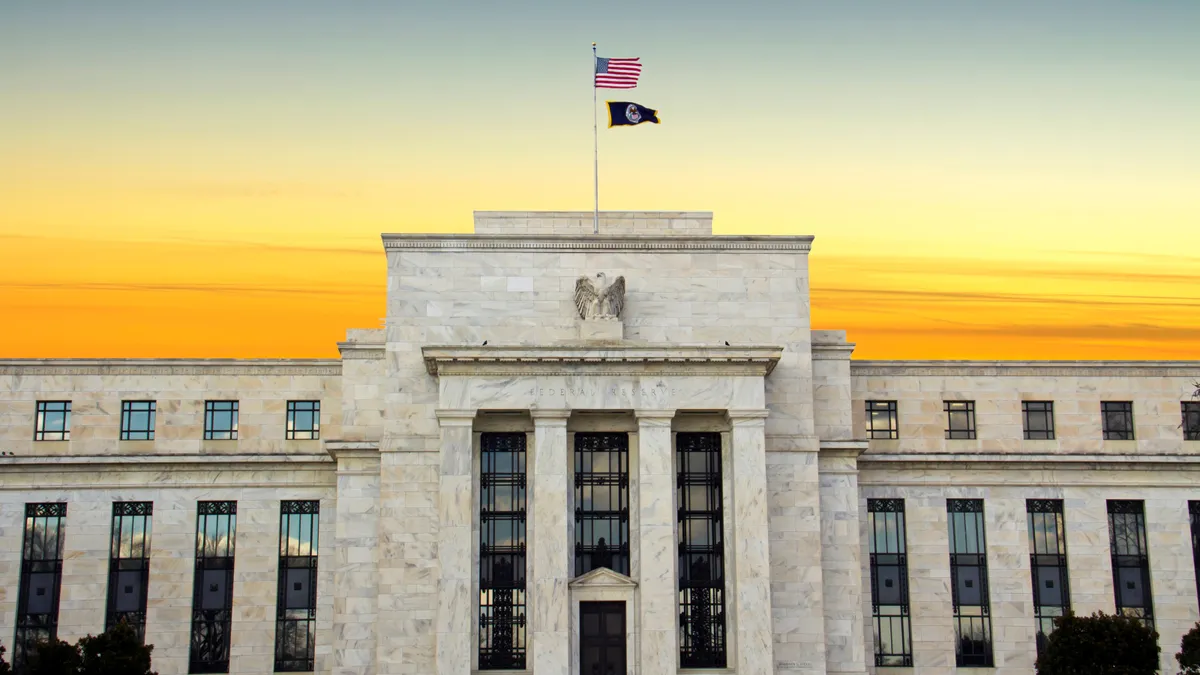As regulators rethink bank capital rules, industry players at a Federal Reserve conference Tuesday called for a holistic approach and underscored the importance of finalizing a Basel III proposal.
The conference reviewing the regulatory capital framework was the idea of the Fed’s vice chair for supervision, Michelle Bowman, a Trump administration appointee who has sought to quickly implement change related to bank supervisory and capital structures.
“A great benefit of this conference is the chance to consider all elements of the capital framework in concert, rather than look at each in isolation,” Fed Chair Jerome Powell said during his opening remarks Tuesday. “We need to ensure that all the different pieces of the capital framework work together effectively.”
That was voiced by members of a Tuesday morning panel exploring the evolution of the capital framework and the fate of a Basel III endgame proposal. Past proposals to increase the aggregate amount of capital in the system were headed in “the wrong direction,” but seeking input and finalizing Basel III is essential, said Randal Quarles, a former Fed vice chair for supervision who is now chair of The Cynosure Group.
“It’s very important that – following these principles of not increasing aggregate capital, doing it in a sane and smart way, getting a lot of input on the technicalities – that we do finish the implementation of Basel,” Quarles said.
The capital framework for U.S. lenders features risk-based capital requirements, leverage requirements, stress tests and the capital surcharge for the biggest, most complex banks – and there are outstanding or in-development proposals on all four, Powell noted. Each element was set to be discussed Tuesday.
As the Trump administration has ushered in a more industry-friendly approach to regulation, the Fed this year has proposed changes to stress testing, to the enhanced supplementary leverage ratio and the supervisory rating framework for big banks.
Tuesday’s conference, featuring industry executives and analysts, academics and former regulators, reflects a different approach than the one taken to arrive at the 2023 proposal, noted Cliff Stanford, a partner at law firm Alston & Bird, in a recent interview. He expects regulators to take notes and hear pros and cons, to better inform a revised Basel III endgame-type proposal, or influence it to some extent.
Bank regulators rolled out a proposal in July 2023 that would have increased the amount of capital the largest banks would have had to hold by 19%; the move would have brought U.S. rules in line with Basel III. That Biden-era proposal was tweaked last year before effectively being shelved with the election of President Donald Trump.
Fed officials “received a lot of criticism for not showing their work on a lot of the capital reforms the last go-around,” said Dan Hartman, of counsel at law firm Nutter, in a recent interview. He expects to see “carefully calibrated, well-supported” proposals following the event.
“This is the beginning of them trying to wrap things up, and really trying to make sure all voices are heard in the process,” Hartman said.
Those voices included Sheara Fredman, chief accounting officer and controller at Goldman Sachs, calling for a Basel III proposal that appropriately balances safety and soundness with economic growth, and one that isn’t crafted in isolation of other components of the capital framework.
And Wells Fargo Securities analyst Mike Mayo labeling the regulatory system today “too confusing, too constraining and too costly.” The framework confuses investors, bank boards and probably some regulators, he asserted.
As for some rumblings that the U.S. should opt out of Basel III entirely, Phil Evans, director of prudential policy at the Bank of England, said that “would be a major issue,” noting large banks and global financial stability both benefit from consistency across jurisdictions. Fredman and Quarles also echoed the need for a level playing field globally.
“Get it done, get it done, get it done, and if you don’t, then the cost of capital for banks would be higher than it otherwise would be,” Mayo said.
As the event kicked off, Powell made a point of noting the Fed is “a dynamic institution” that’s “open to hearing new ideas and feedback on how to improve the capital framework for large banks.”
The central bank’s chair acknowledged that large lenders need to be well capitalized and manage key risks well, but they also need “to be free to compete with one another, with nonbank financial firms, and with banks in other jurisdictions to provide capital and support economic growth.”
Treasury Secretary Scott Bessent, in remarks made late Monday, called the capital framework “antiquated,” and pressed banking agencies to simplify and rationalize it.
One particular element Bessent urged regulators to drop from the Biden-era proposal: a “flawed” dual-requirement structure that would subject banks to two sets of capital rules – a modernized set and a legacy set based largely on today’s current “standardized approach,” with the greater of the two being the binding requirement, he said.






















